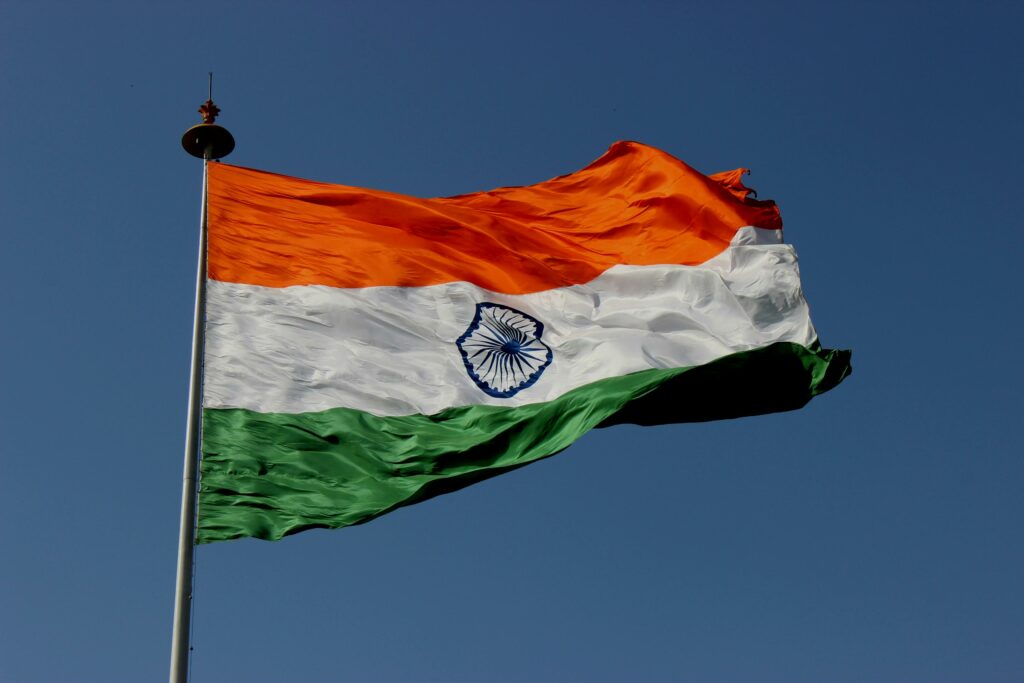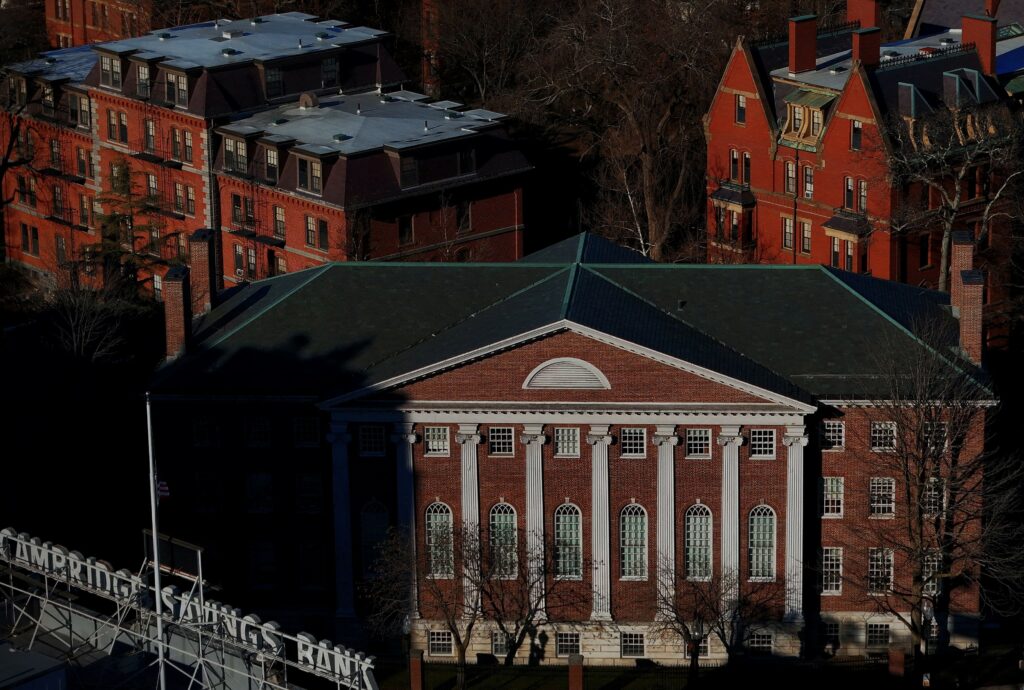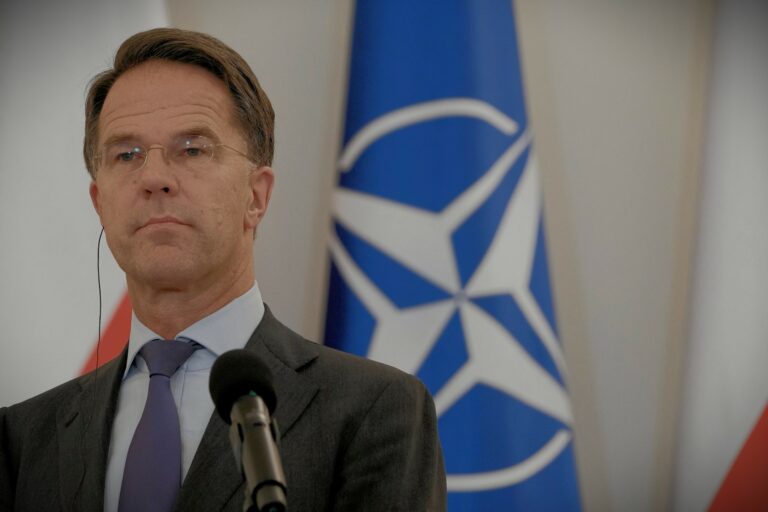
With the U.S. announcing a temporary pause on new tariffs, India has seized the moment to push forward a long-anticipated trade deal with Washington. This move not only strengthens economic ties between the two nations but also shields India from potential disruptions amid ongoing global trade conflicts.
A Golden Opportunity for Trade Talks
For months, India and the U.S. have been in discussions about a trade agreement aimed at addressing long-standing issues, including tariffs, market access, and supply chain security. The 90-day tariff suspension by President Donald Trump has accelerated India’s urgency to finalize at least the first phase of the deal by the end of 2025.
Officials in New Delhi view this as a strategic window to ensure that Indian exports remain competitive, particularly as U.S.-China trade tensions escalate. The Modi administration is also keen on leveraging this pause to prevent any future tariff hikes on key Indian exports such as textiles, pharmaceuticals, and IT services.
Key Focus Areas in the Deal
India’s negotiations with the U.S. revolve around three critical aspects:
- Tariff Revisions: India is open to reducing tariffs on select U.S. goods, particularly in agriculture and technology, to facilitate smoother trade relations. In return, it seeks relief from existing U.S. tariffs on Indian steel and aluminum.
- Defense and Energy: The U.S. is urging India to diversify its defense imports and purchase more American military equipment, reducing reliance on traditional suppliers like Russia. Additionally, discussions include long-term energy cooperation, with India looking to expand imports of U.S. natural gas and oil.
- Market Access for Indian Goods: India is advocating for greater access to the U.S. market for its manufacturing and service sectors, especially in pharmaceuticals and IT. The goal is to enhance India’s global supply chain role while ensuring a more balanced trade relationship.
India’s Strategic Play in Global Trade
This renewed trade push is not just about tariffs—it’s a geopolitical move. India is positioning itself as a key trade partner for the U.S. amid shifting alliances and economic uncertainty. With China facing intensified trade restrictions, India sees an opportunity to fill certain supply chain gaps for American companies.
Moreover, a successful trade agreement could set the stage for a deeper economic partnership, potentially paving the way for broader discussions on digital trade, artificial intelligence collaboration, and emerging technologies.
For now, India is racing against the clock, aiming to lock in favorable terms before the tariff pause expires. The outcome of these negotiations will shape the future of U.S.-India trade relations and could redefine India’s standing in the global trade arena.



